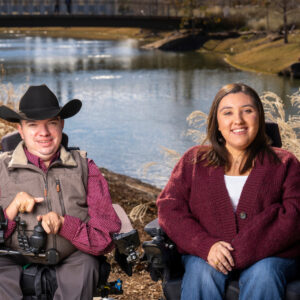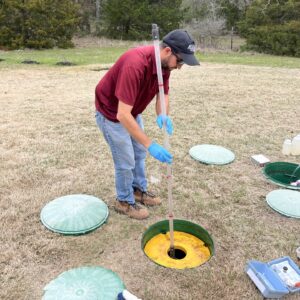Gary C. Peterson and Arthur B. Onken
Grain sorghum, Sorghum bicolor (L.) Moench, is susceptible to Fe chlorosis when grown on many calcareous soils. Cultivars that are high yielding and resist Fe chlorosis can be developed only after methods for identifying sources of Fe chlorosis resistance are obtained. This study was conducted to examine the relationship between leaf chlorophyll and visual scoring of Fe deficiency symptoms and to compare the effectiveness of these methods for classifying sorghum response to Fe deficiency. Sorghum cultivars and hybrids were planted in two tests ate Berclair, TX, on a Weesatche fine sandy loam (fine-loamy, mixed, hyperthermic Typic Argiustoll) in single-row plots and replicated twice with each entry adjacent to the resistant and susceptible check. Chlorophyll a, b, and a + b (Chla, Chlb, and Chla+b) classified entries for resistance or susceptibility as well as visual scoring. Resistant entries identified by Chla+b included IS12684C, IS7273C, IS125682C, IS12678C, and IS7367C. Visual scoring identified IS 12684C and IS7273C as being significantly superior to the resistant check and experimental entries for each measure of chlorophyll. Significant (P < 0.01) negative correlations, each greater than -0.809, existed between visual scoring and the three measures of chlorophyll. Using visual scoring and analysis of covariance resulted in a coefficient of variation of 15 for the cultivar test and 17 for the hybrid test compared with a range of 42 to 59 for the chlorophyll measurements in each test. None of the four evaluation methods was superior to another for identification of cultivars with resistance to Fe deficiency chlorosis.
Published in Crop Sic. 32:964-967 (1992).




